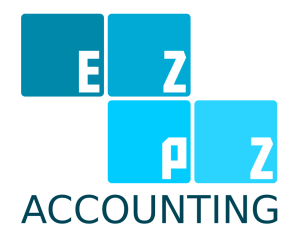Benefits and Compensation Strategies That Attract Top Talent

As business owners, we know that our people are our best investments. And to be able to compete, we need to have the best people for the job
Attracting top talent in today’s competitive job market requires more than just a good salary. While compensation remains a key factor, talented professionals are increasingly looking for holistic packages that align with their personal values, lifestyle needs, and career aspirations. Forward-thinking companies understand that building a strong team begins with designing benefits and compensation strategies that go beyond the basics.
The Evolving Definition of Compensation
Traditionally, compensation was equated with salary and occasional bonuses. Today, it encompasses a broader spectrum that includes health benefits, work-life balance initiatives, retirement plans, flexibility, career development, and even mental health support. High performers are seeking a total rewards experience—one that reflects their personal priorities and professional goals.
Organizations that acknowledge this shift can differentiate themselves by offering tailored, inclusive, and transparent compensation packages. The key lies in offering value beyond the paycheck.
Health and Wellness Matter More Than Ever
Comprehensive health insurance has always been important, but its relevance has grown significantly. High-quality health, dental, and vision coverage, mental health support, access to wellness programs, and generous sick leave policies can make a big difference to prospective employees. Wellness initiatives such as gym reimbursements, mindfulness apps, and employee assistance programs (EAPs) help show that the company cares about its people—physically and emotionally.
Flexibility as a Competitive Edge
Top talent values autonomy and flexibility. Remote or hybrid work options, flexible hours, and generous vacation policies are among the most sought-after benefits today. Offering flexibility can make your company appealing to candidates who prioritize work-life integration, caregiving responsibilities, or simply the freedom to choose how and when they work best.
When flexibility is embedded in your culture—not just a perk—it sends a message that you trust and respect your team’s time and productivity.
Career Growth and Learning Opportunities
Professionals want to grow. Companies that invest in career development—through mentorship programs, leadership training, online learning platforms, and education reimbursement—show a commitment to long-term employee success. High-potential candidates are more likely to join organizations that support their learning journeys and provide a clear path for advancement.
Transparent and Competitive Pay Practices
Compensation must be fair, competitive, and transparent. Candidates want to know how pay is determined, whether they’re being compensated equitably, and how they can grow their earnings. Companies that conduct regular salary benchmarking and communicate clearly about compensation structures foster trust and engagement from the outset.
Performance-based bonuses and equity options can also be powerful motivators—especially when tied to individual achievements and company growth.
Tailoring Strategies for Different Generations
Multigenerational workforces bring diverse priorities. While Gen Z might value tuition support and mental health benefits, Gen X may prioritize retirement plans and healthcare. Understanding what motivates different segments of your workforce can help you design benefits that resonate across the board.
Conclusion
Attracting top talent isn’t just about offering the highest salary—it’s about crafting a benefits and compensation strategy that reflects your values, supports employee well-being, and fosters a culture of growth and flexibility. When people feel cared for and see opportunities ahead, they don’t just join your company—they stay and thrive.
